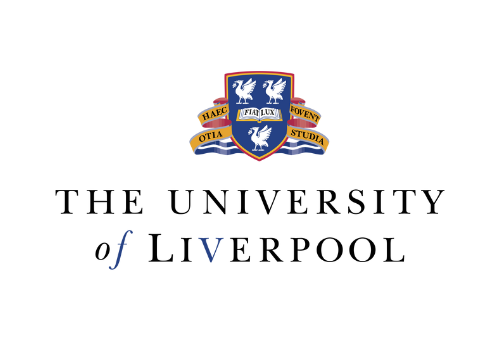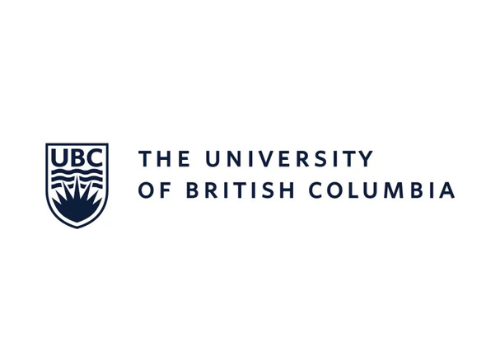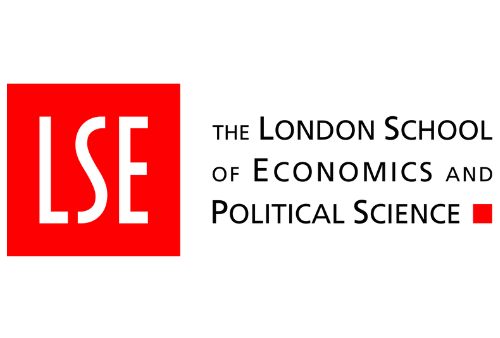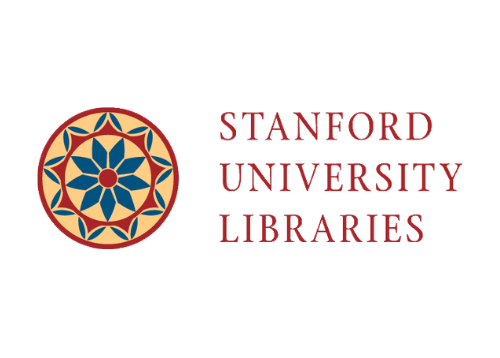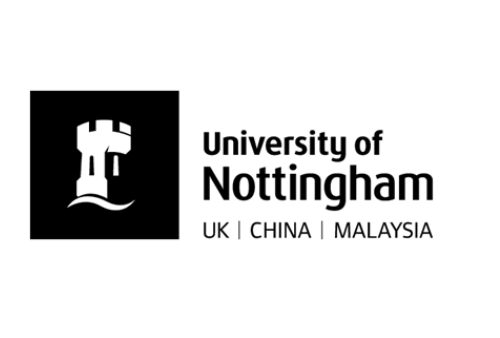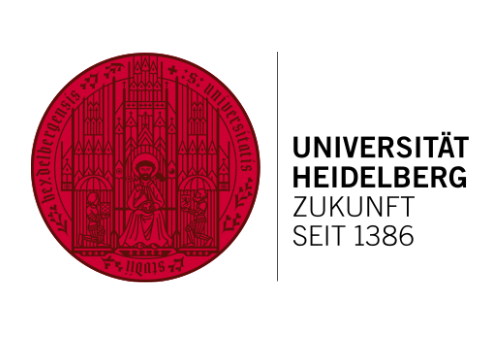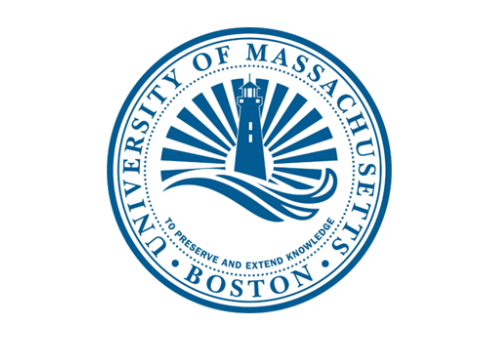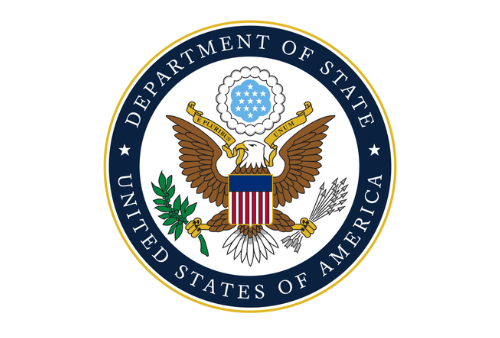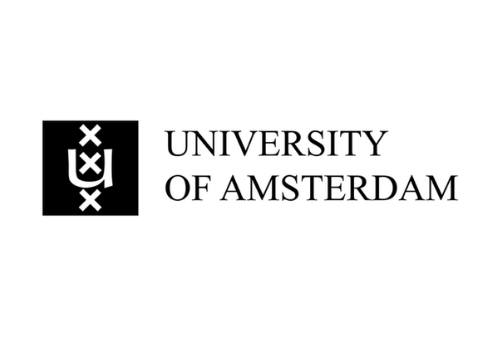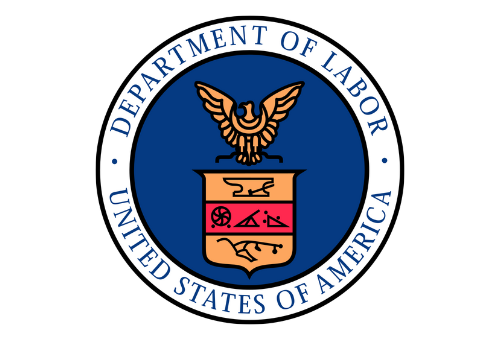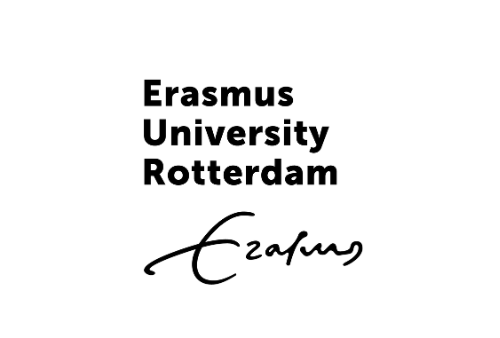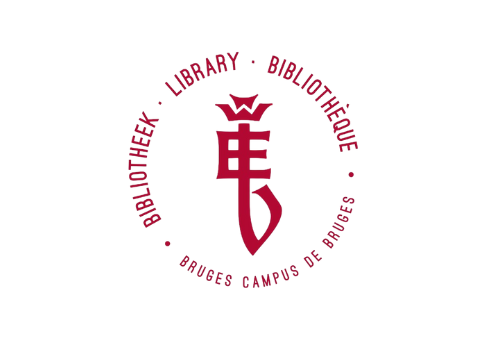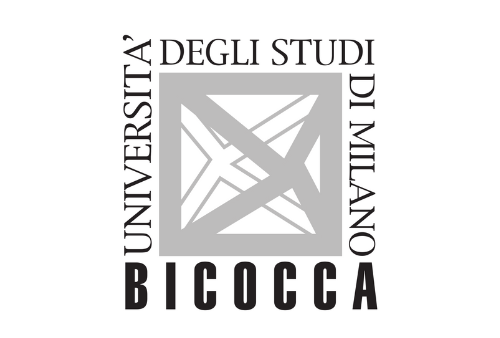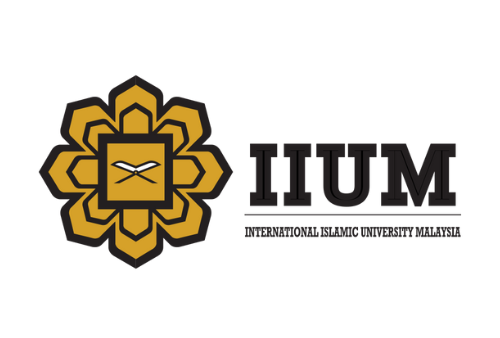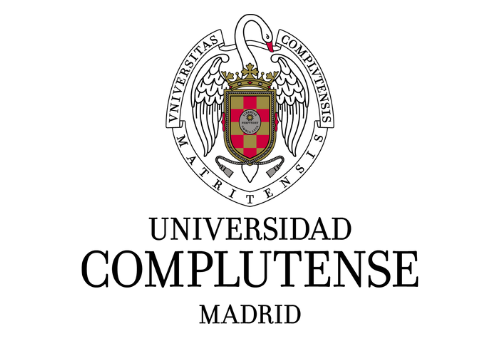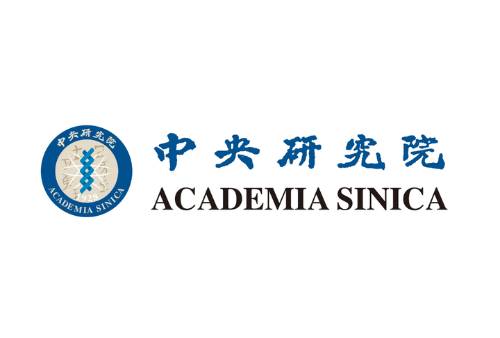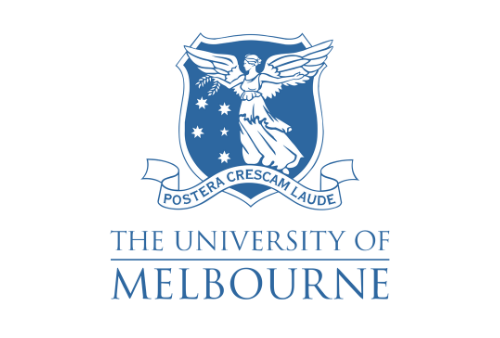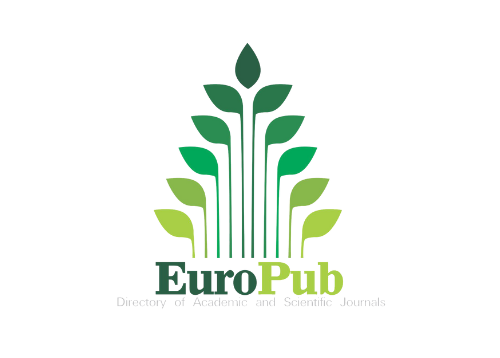FASHION FORTIFICATION: DEFENDING DESIGN WITH PATENTS, COPYRIGHTS, AND TRADEMARKS
Manvinder Singh, LL.B., Asian Law College.
Mannat Kapoor, BA.LL.B. Asian Law College.
Fashion is a sector heavily dependent on intellectual property rights (IPR) to safeguard its ideas, designs, and brands, with an annual valuation reaching USD 2 trillion. This study explores the complex terrain of intellectual property rights (IPR), examining its varied implications, historical foundations, and current issues through a methodical blending of primary and secondary research approaches. This paper first clarifies the prons and cons of intellectual property rights (IPR) in the fashion industry before navigating the complex mechanics of IPR protection, cultural heritage preservation, and economic growth catalysis. The article outlines the legal framework supporting IPR in fashion by closely examining important case laws and significant legal frameworks, such as trademark statutes, copyright laws, and design patents. The report clarifies several IPR categories that are important for fashion companies, including trade dress, patents, designs, trade secrets, trademarks, and copyrights. Fashion firms’ legal entanglements and enforcement obstacles in protecting their intellectual property are carefully examined through carefully chosen case studies like Louis Vuitton vs. My Other Bag and Puma vs. Forever 21. In order to tackle enduring issues like counterfeiting, ineffective enforcement, and inadequate design protection, this study promotes proactive intellectual property rights management tactics and the use of innovative technology. The study emphasizes the critical role that strategic IPR enforcement plays in protecting the integrity of fashion brands and creating an atmosphere that is favorable to innovation and growth by extrapolating legal precedents shown in cases such as Gucci v. Guess.
In short, the legal research provides a sophisticated comprehension of the dynamic interaction between intellectual property rights (IPR) and the global fashion industry. It highlights the necessity of strong legal frameworks, proactive management approaches, and cooperative efforts between stakeholders to strengthen the fashion industry’s creative ecosystem against new threats.







